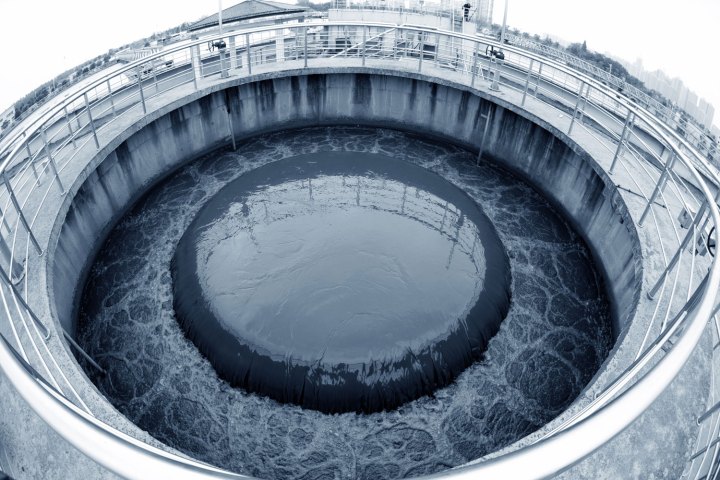
The active material in both Febreze and this new water purification system is called cyclodextrin. On a microscopic level, these cyclodextrin particles are shaped like cups, and they capture contaminants with pointy extensions in order to let only clean water pass. The cyclodextrin polymer can be used as a filter to keep purified water streaming into a clean reservoir as it traps contaminants behind. In testing, the cyclodextrin filter performed up to 200 times better than regular activated carbon, which is more commonly used in water filtration systems.
In order to adapt cyclodextrin to trap water contaminants, Will Dichtel and his Cornell team needed to adapt the airborne Febreze version into a more porous material with greater surface area. That’s how the team combines the best features of activated carbon water filters and cyclodextrin purification: “These materials will remove pollutants in seconds, as the water flows by, so there’s a potential for really low-energy, flow-through water purification, which is a big deal”, said Dichtel.
Dichtel’s cyclodextrin filter performs better over time than regular activated carbon filters, since it can be reused multiple times after easy cleaning. The cyclodextrin polymer only requires a room temperature wash with methanol or ethanol. Compared to the need for expensive heat-treated cleaning processes with activated carbon filters, the cyclodextrin solution is drastically more cost-effective and sustainable for the environment. The team also believes the material will be cheaper to produce than other options on the market. After presenting the highly effective cyclodextrin polymer, the researchers received further support from Cornell’s Atkinson Center for a Sustainable Future in order to develop fully functional prototypes for water purification. We may see Febreze-style water purification systems in place sooner rather than later.


